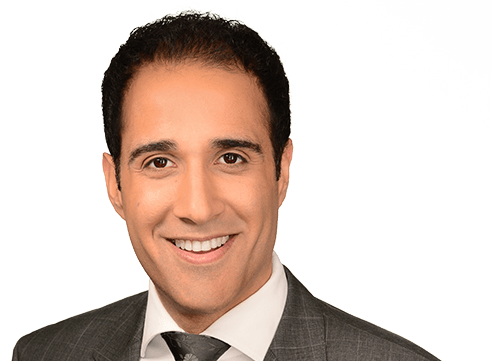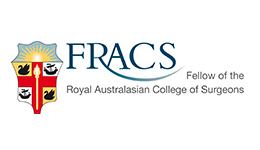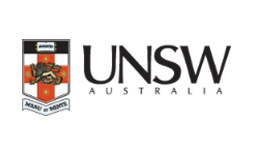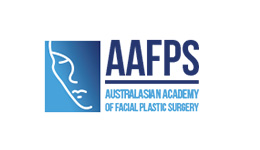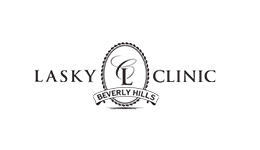Often the function of the nose can become damaged due to its shape, ultimately affect your breathing, sleeping and overall quality of life.
Functional rhinoplasty
Common Reasons to have Functional Rhinoplasty:
- Bent nose, blocking proper airflow
- Warped or collapsed nostrils
- Trauma to your nose
- Inability to breathe, particularly at night
- Weakened cartilage due to age or previous surgeries
What is the difference between Cosmetic Rhinoplasty and Functional Rhinoplasty?
Rhinoplasty is both a cosmetic and functional procedure. The motivation behind the procedure typically sets the two apart.
- Cosmetic rhinoplasty -to change the look of your nose.
When rhinoplasty is performed to alter the size and shape of the nose, it may disrupt the ability to breath properly if functional aspects of the nasal structure are not addressed and corrected.
- Functional Rhinoplasty -to improve breathing.
To improve breathing, the shape of your nose may need to be straightened or strengthened to allow proper airflow.
Am I a candidate for Functional Rhinoplasty?
During your initial consultation, Dr Choroomi will assess your natural breathing and use an endoscopic camera to examine inside your nose. Photography and digital imaging will be performed to show what cosmetic changes may occur as a result of improved breathing.
You will have the opportunity to discuss:
- Why you want functional rhinoplasty, including expectations and outcomes.
- Medical conditions, drug allergies, and medical treatments.
- Family medical history.
- Use of current medications, vitamins, and herbal supplements.
Based on your discussion and his assessment, Dr Choroomi can determine if functional rhinoplasty is right for you. Your facial anatomy is unique therefor surgical treatment will be individually customized to match your functional needs and aesthetic desire. Specific questions regarding surgical procedure, recovery risks, and results will be discussed in detail at your consultation to ensure that you are fully informed and comfortable with your surgical plan.
Functional Rhinoplasty Procedure
The goal of Functional Rhinoplasty is to correct specific issues that are negatively affecting your breathing.
Dr Choroomi performs functional rhinoplasty under general anesthetics, the length of the procedure can vary anywhere between 2-3 hours. An “open” rhinoplasty technique is used for functional rhinoplasty, a small incision is placed across the nostrils and the tissue is lifted. Endoscopic cameras may be used to safely navigate around your anatomy.
Depending on your condition one or more of the following procedures may be performed:
- Deviated Septum surgery. The nasal septum (the cartilage separating your nostril) is often bent or warped, resulting in resistant airflow. Dr Choroomi uses specialized instruments to straighten and remove any deviated segments of bone and cartilage.
- Turbinate Reduction. The nasal turbinates (air filters that sit on the sidewall of the nose) often become inflamed due to allergies. Dr Choroomi may reduce the size of the turbinates making it easier to breath.
- Cosmetic Rhinoplasty. Shaving and refining techniques may be used to remove or reshape excess cartilage or bone in the nose to improve breathing. In more complicated cases where extra support is needed to prevent nasal collapsing, cartilage from your own septum, ear, rib or temple may be used. The cartilage is harvested, carved and contoured to create a smooth, natural structure.
When the procedure is complete the incision is closed with small sutures. A cast is placed on the nose to support the bone during healing. Splints may also be placed inside the nose to support the nasal cavities. A gauze dressing is placed under your nose, like a mustache, to capture any mild oozing. If cartilage is removed from other parts of the body, gauze will be sutured into the wound.
Recovery After Functional Rhinoplasty
After functional rhinoplasty pain should be very minimal but you can typically expect:
- Congestion for a few days.
- Swelling of the nose.
- Bruising around the eyes and nose, relative to any work done on the nasal bone.
Your splints, cast and sutures will be removed 7 days after your operation. Physical activity must be reduced for 2 weeks to keep swelling at a minimum. You will see minor results and have breathing improvement after the swelling subsides, typically 2 weeks.
If there were any cosmetic changes made to your nose, it will take up to two years for all swelling to subside.
Potential Risks and Complications
Your surgery will be performed safely and with care in order to obtain the best possible results. You have the right to be informed that the surgery may involve risks of unsuccessful results, complications or injury from both known and unforeseen causes. Because individuals vary in their overall health and healing abilities, skin texture, anatomy, circulation and the way they react to medications and anesthesia, there can be no guarantee made as to the results of surgery. Furthermore, there always exists the potential for complications.
The following complications of rhino/nasal surgery have been reported in the medical literature. They are listed here for your information, not to frighten you, but to make you aware and more knowledgeable concerning this surgical procedure. The list below includes most complications that are encountered, but it is not all-inclusive.
If you have any questions regarding the potential complications listed, please discuss them with Dr Choroomi prior to your procedure.
Nasal Bleeding or Hemorrhage
A small amount of blood-tinged drainage is normal after nasal surgery and should decrease gradually. Severe bleeding may require packing or other intervention to control the bleeding.
Edema and Ecchymosis
Swelling and bruising will occur and occasionally can result in persistent dark circles under the eyes. If you have dark bruises under your eyes, avoid exposing the area to sunlight.
Infection
Infection is rare with a 0.8-1.5% reported incidence. You will be given antibiotics during surgery and to take after surgery to prevent infection.
Skin Problems
Excessive dryness, dimpling, redness, pustules, and proliferated of dilated blood vessel are possibilities.
Haematoma
A collection of pooled blood in an area. May require drainage.
Periostitis
Inflammation along sites of bone that were involved in the surgery.
Septal Perforation
A hole in the nasal septum, which is not visible from the outside. A perforation may result in dryness, crusting, nose bleeds, or whistling sounds from the nose. Perforations may be permanent but can often be repaired.
Altered sense of smell
Is usually related to mucosal swelling and is almost always reversible.
Nasal Skin Necrosis
Although exceedingly rare, cases where the blood supply to the nasal skin is compromised might result in loss of skin over segments of the nose. The risk of this increases if you have had previous surgeries or revisions performed as the blood supply has already been altered. In cases of skin necrosis, scarring might ultimately result and further procedures might be indicated.
Nasal Obstruction
Inability to breath well through the nose may be permanent or reversible. This may take longer to resolve in patients with nasal allergies or other pre-existing sinonasal disease.
Injury to Lacrimal Apparatus
This may occur due to the proximity of the surgical site to the nasolacrimal duct and may manifest as excessive tearing or eye irritation. These problems are usually due to surgical swelling and usually improve spontaneously.
Asymmetries Scar and Fibrotic Tissue
Initially the nose may be asymmetrical due to swelling. If asymmetries persist after swelling subsides, a revision or adjustment may be performed after adequate healing.
Pneumothrax
Related to harvesting of rib graft.


